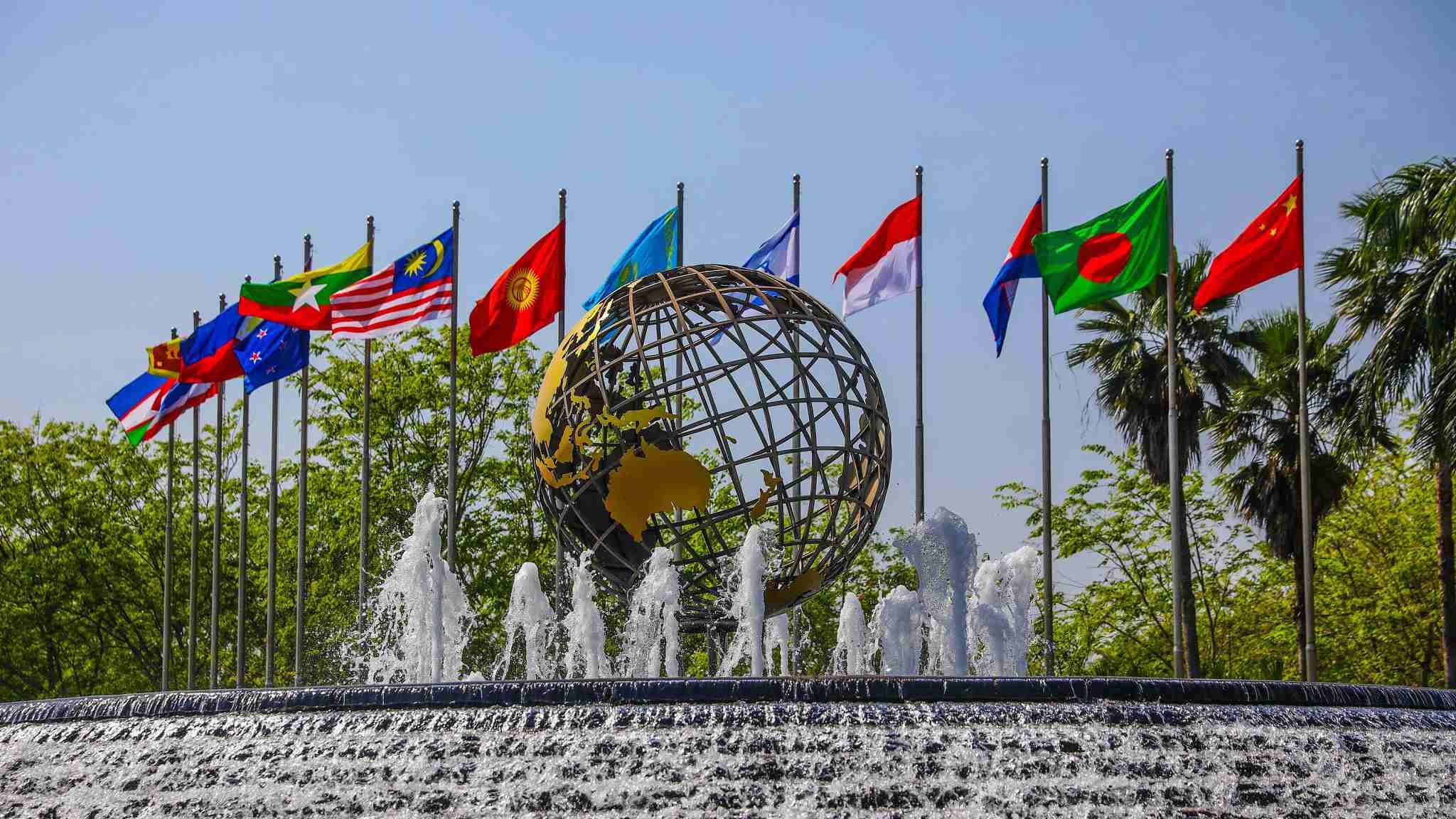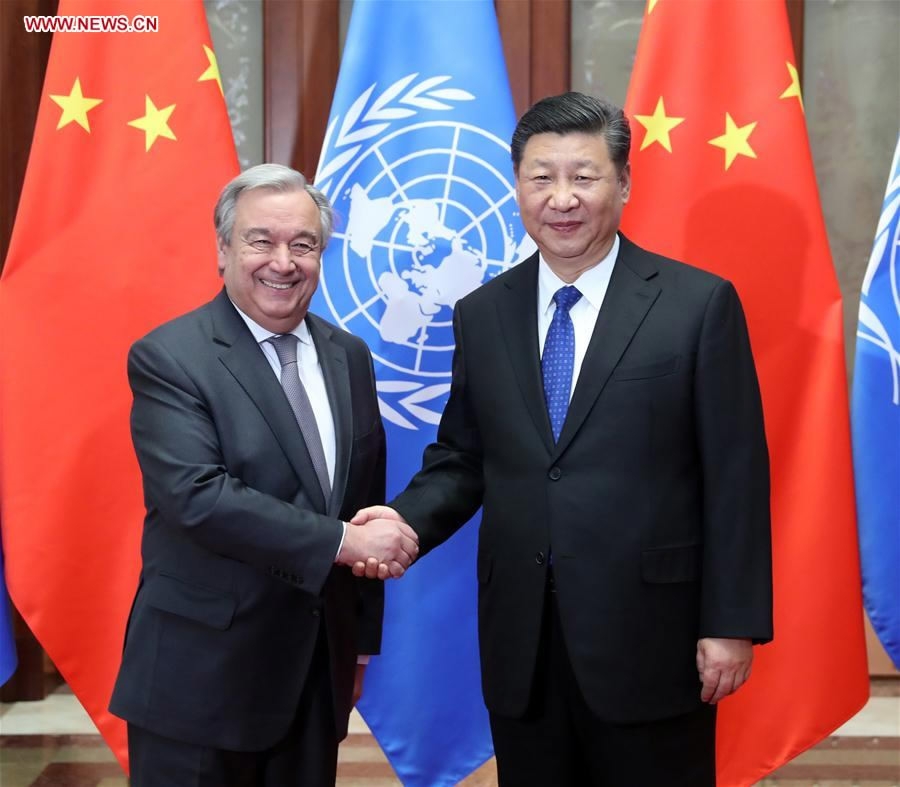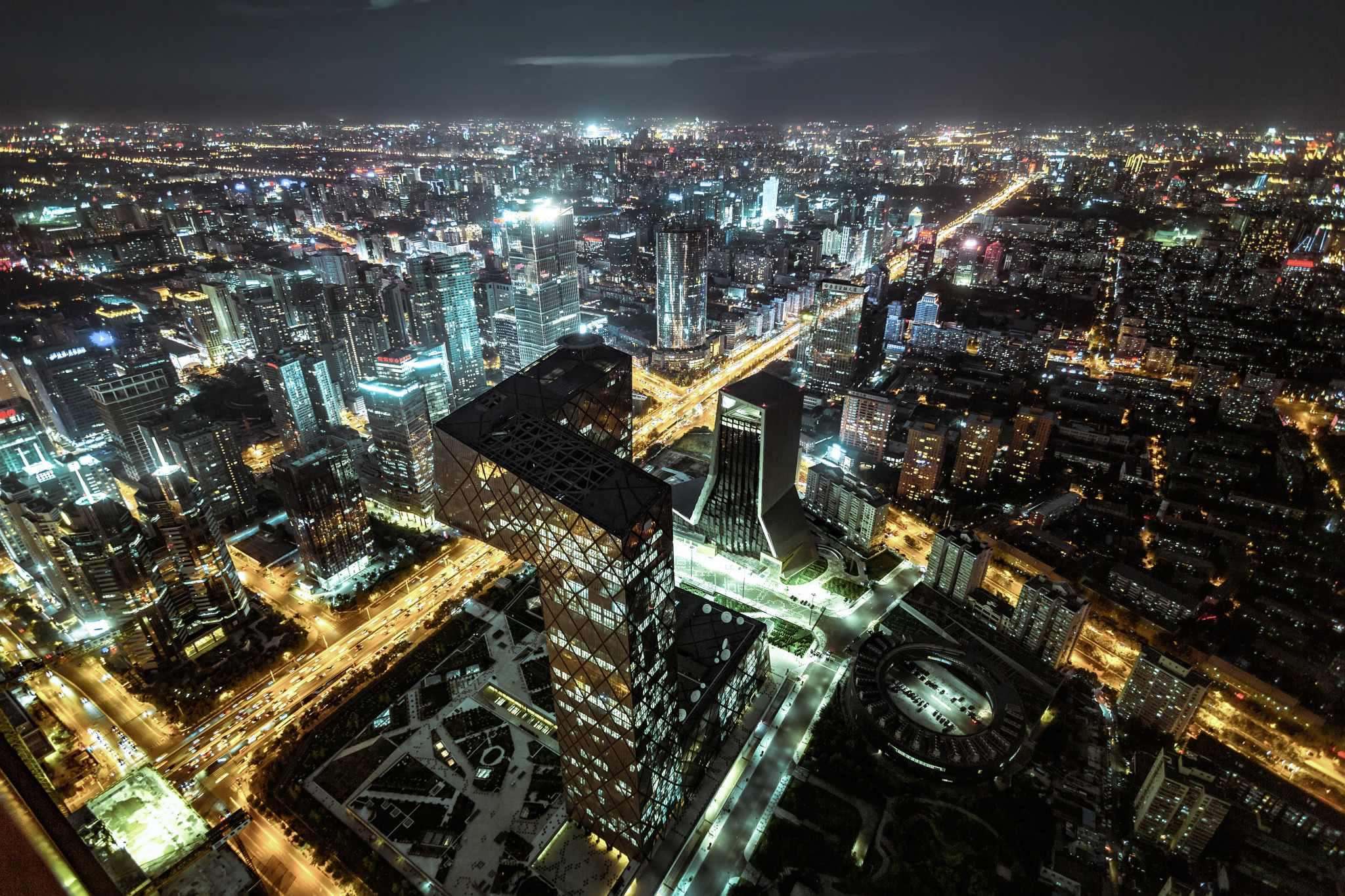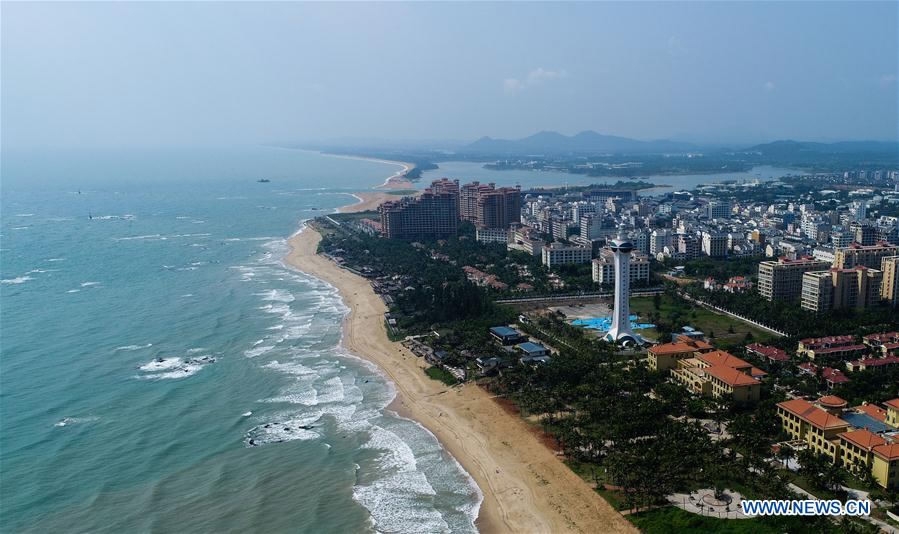
Opinions
15:47, 09-Apr-2018
Opinion: How open could China be?
Guest commentary by Zhang Jianping and Ye Yijun

Unprecedentedly, Asia has now been highly integrated owing to globalization and regional integration, and Asian economies continue to recognize the importance of trade liberalization in promoting economic growth, fostering job creation, spurring innovation, and attracting foreign direct investment. Nevertheless, as we have ushered in 2018, the course of trade and investment in the region is at a crossroads, with trade frictions deriving from protectionism from the US, as well as risks underlying regional economic growth and global trade projection, such as geopolitical tensions, monetary tightening and uneven growth across countries.
Given a sophisticated background, the world has been shifting toward China and the wider Asian region. Thanks to the “reform and opening up” policy, China has now fulfilled remarkable achievements and made it to the world’s second largest economy.
This year marks the 40th anniversary of the policy, and many people are concerned with how open China will be in future reforms as well as how to better reflect and facilitate the overall process of Asian economic integration in order to explore the development potential in Asia and support strong global growth.

Chinese President Xi Jinping shakes hands with UN Secretary-General Antonio Guterres in Beijing, April 8, 2018. /Xinhua Photo
Chinese President Xi Jinping shakes hands with UN Secretary-General Antonio Guterres in Beijing, April 8, 2018. /Xinhua Photo
China is sure to reform and open up further by implementing the "Bringing In" and "Going Global" strategies, to get involved in more comprehensive and complementary economic cooperation.
Looking back in history, since the revival of Japan in the 1950s, there have been three waves of Asian economic integration. The first one dates back to the 1960s, when the Four Asian Tigers actively accepted the industrial transfer from Japan, created regional industrial chains and showed their presence on the world stage, followed by a short second wave in which the Tiger Cub Economies rose fleetingly.
The third one, starting from the end of the 1990s, gave China a historic opportunity to find its place in the global industrial chain and connected almost all Asian countries to this emerging "World Plant." Apparently, China’s opening up makes the current integration possible and successful, one in which China introduces foreign investment, technologies and talent.
Stepping into a new development stage, China may take more specific and characterized measures to elaborate the “Bringing In” and “Going Global” strategies under a higher level of opening up.

Aerial view of Beijing's CBD. /CFP Photo
Aerial view of Beijing's CBD. /CFP Photo
Considering “Bringing In,” there are four elements involved, that is, capital, technology, talent and the domestic market. Primarily, market access will be eased and import regulations reduced.
Take tariffs as an example. The average tariff of China in 2016 was 9.8 percent, while now it is 7.7 percent and still on its descent, almost the smallest number among developing countries and lower than major WTO members.
In addition, from 2018 on, the China International Import Expo is to be hosted, showing China’s determination to open its market to the world. The expo would certainly serve as a platform for foreign countries to demonstrate their achievement in the areas of trade, investment and tourism, and a bridge for them to enter the vast China market.
Secondly, fewer limits on market access would be set to joint ventures regarding shareholdings and more foreign direct investment would be allowed in wider fields including sectors of banking, security, insurance, new energy vehicles and so on.
Furthermore, more talent introduction plans such as the Recruitment Program of Global Experts should be initiated to promote the flow of talent.
Finally, yet importantly, international technology transfer transactions are supposed to be encouraged under regulations, with stricter legislation enacted to protect intellectual property rights.

Aerial photo taken on March 15, 2018 shows coastal scenery of Boao Town in south China's Hainan Province. /Xinhua Photo
Aerial photo taken on March 15, 2018 shows coastal scenery of Boao Town in south China's Hainan Province. /Xinhua Photo
As for “Going Global”, the Belt and Road Initiative, together with the Asian Infrastructure Investment Bank, is definitely the core. With the initiative, China is able to export its capital, technology and talent to countries in need.
Moreover, more outbound mergers and acquisitions in the manufacturing domain are encouraged. China has become a dominant force in the global mergers and acquisitions market. Apart from the initiative, more regional and bilateral trade agreements are recommended, which would offer the ideal path forward to liberalize trade, raise standards, and promote broad reforms. China is pushing forward the Regional Comprehensive Economic Partnership development, and is also in negotiation with New Zealand for upgrading the existing free trade agreement (FTA), as well as Japan and South Korea for a new FTA.
To sum up, we believe that further economic integration in the region is critical and note that Asian economies, eager to reap the gains of trade, are continuing to actively pursue free trade deals among themselves. Ideally, within the framework of the Belt and Road Initiative as well as China’s opening up, Asian economies could work together with China to promote inclusiveness in trade agreements, drive forward regional economic integration, and build support for global trade liberalization.
(Zhang Jianping is the director general of the Center for Regional Study at the Chinese Academy of International Trade and Economic Cooperation of the Ministry of Commerce. Ye Yijun is a master's degree economics candidate at Peking University. The article reflects the authors' opinions, and not necessarily the views of CGTN.)

SITEMAP
Copyright © 2018 CGTN. Beijing ICP prepared NO.16065310-3
Copyright © 2018 CGTN. Beijing ICP prepared NO.16065310-3